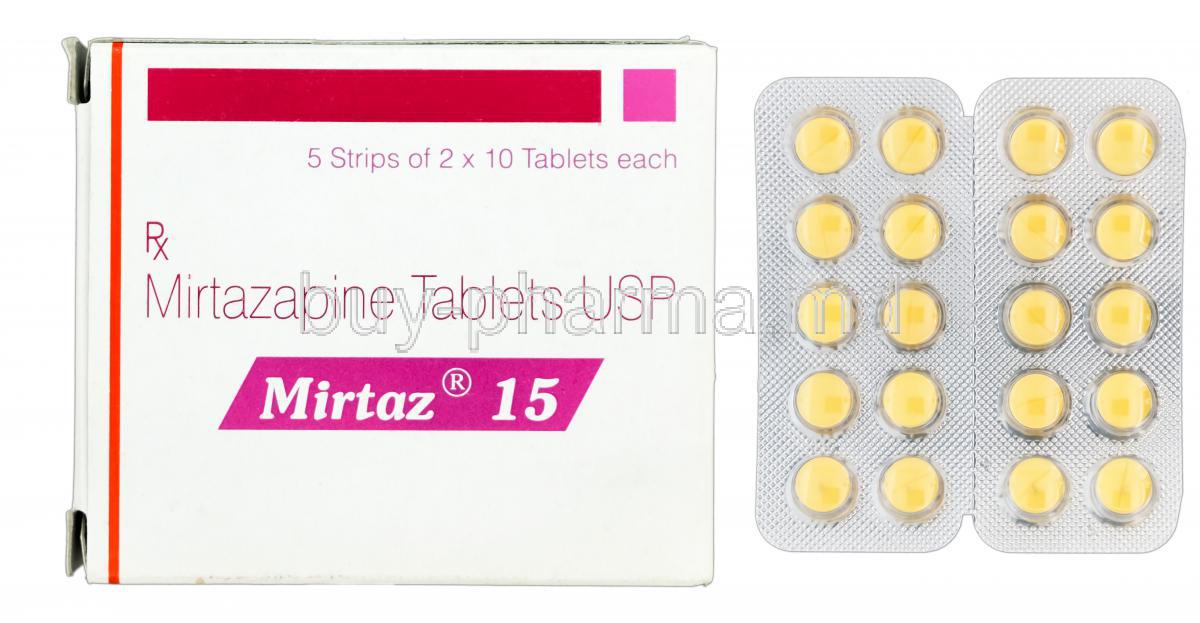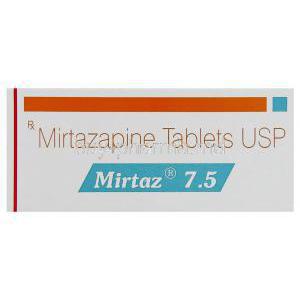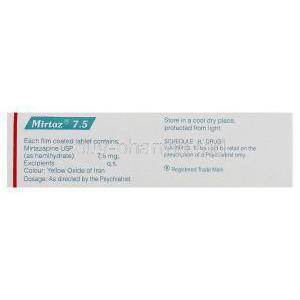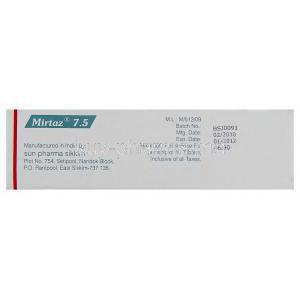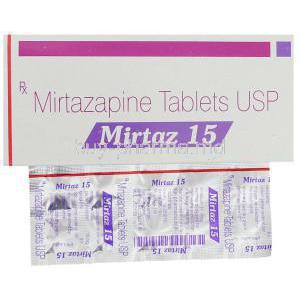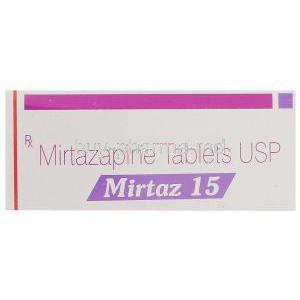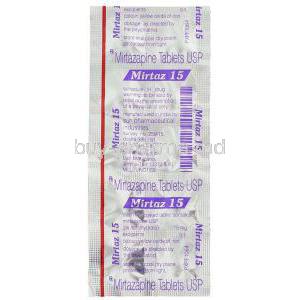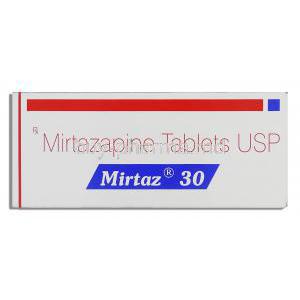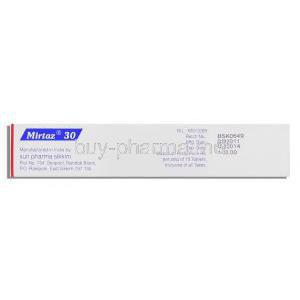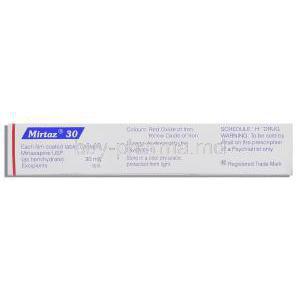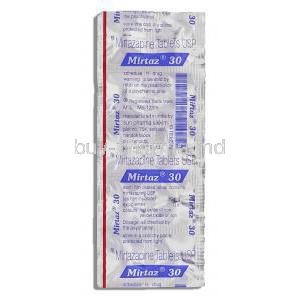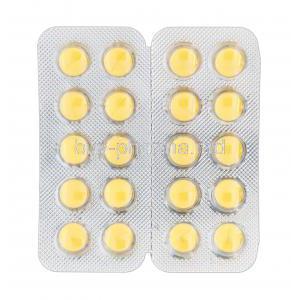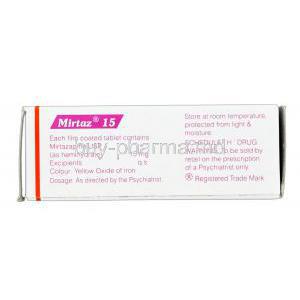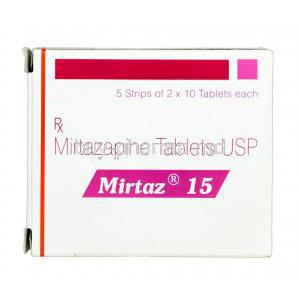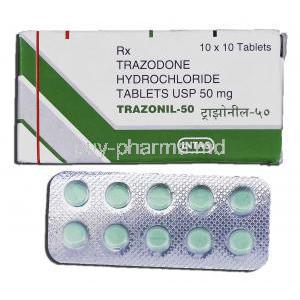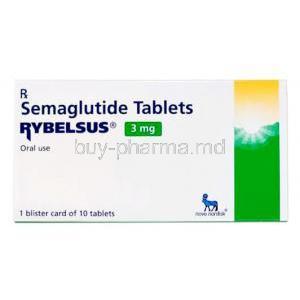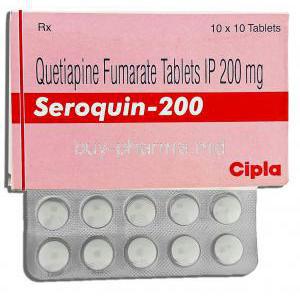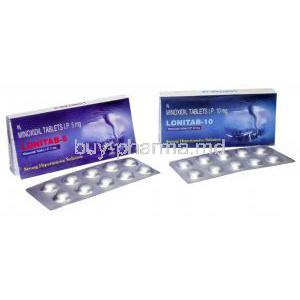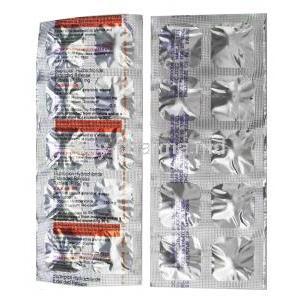1. Introduction to Mirtaz / Mirtazapine
1.1 Overview of Mirtazapine as a Tetracyclic Antidepressant
Mirtazapine is a tetracyclic antidepressant known for its distinctive pharmacologic profile, offering both mood-elevating and sedative properties. It is widely utilized in psychiatric practice due to its rapid onset of action and its favorable tolerability in patients who struggle with conventional antidepressants.
Clinicians value its dual capacity to alleviate depressive symptoms while addressing sleep disturbances and appetite loss. This multifaceted therapeutic utility has made Mirtazapine one of the more versatile agents in modern psychopharmacology.
1.2 Mechanism-Based Classification and Therapeutic Role
Mirtazapine is classified as a NaSSA (Noradrenergic and Specific Serotonergic Antidepressant), a category defined by its selective modulation of noradrenergic and serotonergic pathways. By acting on presynaptic receptors and postsynaptic serotonin subtypes, it produces a harmonized elevation in neurotransmission essential for mood stabilization.
- Enhances norepinephrine release
- Selective stimulation of 5-HT1 receptors
- Provides anxiolytic and hypnotic benefits
1.3 Indications Across Psychiatry and General Medicine
Mirtazapine is prescribed for a range of psychiatric disorders, with major depressive disorder being the principal indication. Its ability to improve appetite, reduce agitation, and enhance restorative sleep has expanded its clinical utility beyond traditional depression management.
In general medicine, it is sometimes used as an adjunct to manage weight loss, cachexia, and treatment-resistant insomnia, highlighting its broad therapeutic spectrum.
1.4 Brand Names, Generic Availability, and Global Usage Trends
Mirtazapine is marketed globally under numerous brand names such as Mirtaz, Remeron, Avanza, and Zisim. Widespread generic availability has substantially increased its accessibility in both inpatient and outpatient settings. Globally, it remains a preferred therapy for patients requiring antidepressants with sedative and anxiolytic properties, especially in those who cannot tolerate SSRIs or SNRIs.
2. Composition and Pharmacological Profile
2.1 Active Ingredient: Mirtazapine
The primary active constituent is Mirtazapine, a compound structurally distinct from typical SSRIs and tricyclic antidepressants. Its unique molecular architecture underlies its pharmacological behavior.
2.2 Available Strengths and Formulations (Tablets, Orodispersible Tablets)
Mirtazapine is available in:
- Tablets: 7.5 mg, 15 mg, 30 mg, 45 mg
- Orodispersible tablets (ODT): 15 mg, 30 mg, 45 mg
The ODT form is suitable for patients with swallowing difficulties, expanding adherence and usability.
2.3 Inactive Ingredients and Their Pharmaceutical Role
Inactive components such as lactose, microcrystalline cellulose, magnesium stearate, and flavoring agents provide structure, stability, and palatability. These excipients enhance dissolution, ensure uniform distribution, and maintain durability during storage.
2.4 Pharmacokinetics: Absorption, Distribution, Metabolism, Elimination
Mirtazapine demonstrates rapid gastrointestinal absorption with peak plasma levels attained within two hours. It is extensively distributed throughout body tissues due to its lipophilic profile.
- Metabolized primarily by hepatic CYP2D6, CYP1A2, and CYP3A4 enzymes
- Elimination half-life typically ranges between 20–40 hours
- Excreted via urine and feces
2.5 Pharmacodynamics: Impact on Serotonergic and Noradrenergic Systems
The drug augments both serotonergic and noradrenergic neurotransmission through selective receptor blockade. By inhibiting 5-HT2 and 5-HT3 receptors, Mirtazapine directs serotonin flow toward the favorable 5-HT1A pathway, an important mediator of mood improvement.
3. How Mirtazapine Works
3.1 Noradrenergic and Specific Serotonergic Antidepressant (NaSSA) Mechanism
As a NaSSA, Mirtazapine increases norepinephrine and serotonin release in a coordinated fashion. This mechanism is distinct from SSRIs that solely block serotonin reuptake.
3.2 Alpha-2 Adrenergic Antagonism and Its Clinical Effects
Mirtazapine inhibits presynaptic alpha-2 receptors, leading to amplified norepinephrine outflow. This enhances motivation, energizes mood, and contributes to its antidepressant potency.
3.3 Effects on Serotonin Receptors (5-HT2 & 5-HT3 Blockade)
By selectively blocking 5-HT2 and 5-HT3 receptors, the medication minimizes side effects commonly associated with SSRIs such as nausea, insomnia, and agitation.
3.4 H1 Histamine Receptor Affinity and Sedation Profile
Mirtazapine strongly antagonizes H1 histamine receptors, resulting in notable sedative effects. This property makes it especially beneficial for patients with insomnia co-occurring with depression.
3.5 Onset of Action and Timeline of Symptom Improvement
Mirtazapine often exhibits therapeutic effects earlier than many antidepressants. Some patients experience improvements in sleep and appetite within 1–3 days, while mood enhancement generally becomes evident within 1–2 weeks.
4. Approved Clinical Uses
4.1 Major Depressive Disorder (MDD)
4.1.1 Role in Moderate to Severe Depression
Mirtazapine is effective for moderate to severe depressive episodes, particularly when symptoms include insomnia, psychomotor agitation, or diminished appetite.
4.1.2 Symptom Domains Improved (Sleep, Appetite, Anxiety)
- Restorative sleep improvement
- Enhanced appetite and weight normalization
- Reduction in anxiety and emotional tension
4.2 Treatment of Insomnia Associated With Depression
Due to its sedative profile, Mirtazapine is often prescribed to correct sleep fragmentation, early awakening, or non-restorative sleep linked to depression.
4.3 Anxiety Disorders
4.3.1 Generalized Anxiety Disorder (GAD)
Mirtazapine can reduce pervasive worry, somatic tension, and irritability in individuals with GAD.
4.3.2 Social Anxiety Disorder (SAD)
It helps mitigate fear of social scrutiny, improving emotional regulation and social functioning.
4.3.3 Panic Disorder (PD)
Mirtazapine may lessen the frequency and severity of unexpected panic episodes, aiding long-term stabilization.
5. Documented Off-Label Uses
5.1 Insomnia (Primary or Non-Depressive)
Mirtazapine’s potent hypnotic effect has made it a popular off-label therapy for refractory insomnia.
5.2 PTSD and Trauma-Related Stress Disorders
The drug’s anxiolytic and sleep-stabilizing benefits are valuable in trauma-related conditions characterized by hyperarousal and nightmares.
5.3 Reduced Appetite and Weight Loss / Cachexia
Mirtazapine stimulates appetite and enhances caloric intake, aiding patients suffering from cancerinduced cachexia or chronic illness-related weight loss.
5.4 Nausea and Vomiting Management (e.g., Cancer Therapy)
5-HT3 blockade makes Mirtazapine a useful adjunct in managing nausea linked to chemotherapy or chronic gastrointestinal disorders.
5.5 Chronic Pain Syndromes and Neuropathic Pain
Mirtazapine may alleviate neuropathic pain by enhancing descending inhibitory pain pathways.
5.6 OCD (Adjunctive Therapy)
Used alongside SSRIs, Mirtazapine can improve sleep quality and reduce obsessive rumination.
5.7 Headaches / Migraine Prophylaxis
Some patients experience a reduction in migraine severity due to improved sleep and serotonergic balance.
5.8 Substance Withdrawal-Associated Symptoms
The drug’s calming effects may ease withdrawal-related anxiety, insomnia, and dysphoria.
6. Dosage and Administration
6.1 Standard Adult Dosing Guidelines
Typical starting doses range from 15 mg to 30 mg daily, with gradual increments based on clinical response.
6.2 Dose Titration and Adjustments Based on Response
Dose adjustments are made at intervals of 1–2 weeks to balance efficacy with tolerability. Maximum daily dose is generally 45 mg.
6.3 Evening Dosing and Rationale (Sedative Effects)
Mirtazapine is administered at night due to its strong sedating properties mediated through H1 antagonism.
6.4 Missed Dose Instructions
If a dose is missed, it should be taken unless it is close to the next scheduled time. Doubling doses is contraindicated.
6.5 Switching From or To Other Antidepressants
Cross-tapering is recommended to prevent discontinuation symptoms or serotonin syndrome when transitioning between antidepressants.
6.6 Duration of Therapy and Discontinuation Considerations
Therapy often continues for at least 6–12 months after symptom remission. Gradual tapering is essential to avoid withdrawal manifestations such as dizziness, agitation, or rebound insomnia.
7. Administration in Special Populations
7.1 Administration to Elderly
7.1.1 Increased Sensitivity to CNS Effects
Older adults may experience magnified sedation and orthostatic hypotension due to altered pharmacodynamics.
7.1.2 Dose Reduction and Enhanced Monitoring
Lower initial doses and careful monitoring for confusion, falls, and hyponatremia are advised.
7.2 Administration to Pregnant Women
7.2.1 Fetal Safety Data and Risk-Benefit Evaluation
Although no strong evidence suggests teratogenicity, prescribing requires a careful assessment of maternal benefit versus fetal risk.
7.2.2 Neonatal Adaptation Syndrome Considerations
Newborns exposed in late pregnancy may experience transient irritability, feeding issues, or respiratory difficulties.
7.3 Use During Breastfeeding
7.3.1 Drug Transfer to Breast Milk
Low levels are excreted into breast milk, but monitoring is still essential, especially for preterm infants.
7.3.2 Infant Monitoring Requirements
- Observe for excessive sleepiness
- Monitor feeding behavior
- Watch for unusual irritability
7.4 Administration to Children and Adolescents
7.4.1 Efficacy and Safety Evidence
Limited data exist regarding pediatric efficacy. Use is generally reserved for specialist-directed treatment.
7.4.2 Risk of Suicidal Ideation and Monitoring
Children and teenagers require heightened monitoring due to increased susceptibility to suicidal thinking during early antidepressant therapy.
8. Side Effects
8.1 Overview of Safety Profile
Mirtazapine is typically well-tolerated, though certain adverse effects are dose-dependent or related to its receptor-blocking profile.
8.2 Common Side Effects
8.2.1 Drowsiness and Sedation
One of the most prominent effects due to H1 blockade, often utilized therapeutically for insomnia.
8.2.2 Increased Appetite and Weight Gain
Enhanced appetite and caloric intake are common, particularly at lower doses.
8.2.3 Dry Mouth
Reduced salivary output contributes to oral dryness, which can be mitigated with hydration.
8.2.4 Constipation
Anticholinergic-like effects may slow gastrointestinal motility.
8.2.5 Dizziness
Orthostatic dizziness may occur due to blood pressure fluctuations.
8.3 Less Common but Clinically Relevant Side Effects
- Peripheral edema
- Restless legs syndrome
- Vivid dreams or nightmares
- Increased cholesterol levels
8.4 Serious Adverse Reactions
8.4.1 Agranulocytosis and Neutropenia
A rare but serious hematologic reaction requiring immediate discontinuation if infection signs such as fever or sore throat appear.
8.4.2 Serotonin Syndrome (When Combined With Interacting Drugs)
When co-administered with other serotonergic agents, patients may develop agitation, diaphoresis, tremors, and autonomic instability.
8.4.3 Mania or Hypomania Induction
Patients with underlying bipolar disorder may experience mood elevation or agitation.
8.4.4 QT Prolongation and Cardiac Concerns
Although uncommon, Mirtazapine may prolong QT interval, especially in susceptible individuals or during overdose.
9. Drug Interactions
9.1 Interaction With CNS Depressants (Benzodiazepines, Alcohol)
Mirtazapine exhibits additive central nervous system depressant effects when combined with sedatives such as benzodiazepines, opioids, or alcohol. This can significantly amplify impairment of cognition, alertness, and psychomotor coordination. Even moderate alcohol consumption may potentiate drowsiness, reduce reaction time, and increase the risk of accidents or falls, particularly in vulnerable individuals.
- Higher sedation intensity
- Greater respiratory suppression risk
- Compromised driving and machinery operation capabilities
9.2 MAO Inhibitors and Increased Serotonergic Risk
Concurrent use with monoamine oxidase inhibitors (MAOIs) is contraindicated due to the risk of severe serotonergic overstimulation. This interaction can precipitate hypertensive crises, hyperthermia, or life-threatening serotonin syndrome. Adequate washout periods—typically 14 days—are mandatory when switching between Mirtazapine and MAOIs.
9.3 Interaction With SSRIs, SNRIs, and Tramadol
Combination therapy with other serotonergic agents can lead to cumulative increases in serotonin levels. Drugs including SSRIs, SNRIs, and tramadol may increase the risk of agitation, tremors, autonomic instability, and neuromuscular abnormalities. Although such interactions are rare, clinicians must monitor for early warning signs of toxicity.
9.4 CYP450 Metabolism Pathways (CYP1A2, CYP2D6, CYP3A4)
Mirtazapine is metabolized by multiple hepatic cytochrome P450 pathways, including CYP1A2, CYP2D6, and CYP3A4. Drugs that inhibit or induce these enzymes can alter serum levels of Mirtazapine, influencing efficacy and tolerability.
- CYP3A4 inhibitors (ketoconazole, erythromycin) may raise plasma concentrations
- CYP1A2/2D6 inducers (carbamazepine, phenytoin) may reduce therapeutic effect
- Polypharmacy requires careful dose titration
9.5 Interactions With Antihypertensives and Sedatives
Co-administration with antihypertensive medications may enhance blood pressure–lowering effects and trigger symptomatic hypotension. Sedatives, including antihistamines and hypnotics, can intensify Mirtazapine-related drowsiness and impair motor coordination.
9.6 Herbal Interactions: St. John’s Wort and CNS Herbs
St. John’s Wort—a potent CYP3A4 inducer—may reduce Mirtazapine’s effectiveness. Herbs with sedative characteristics such as valerian root, kava, and chamomile can compound CNS depressant effects, resulting in excessive somnolence or impaired concentration.
10. Warnings and Important Precautions
10.1 Black Box Warning: Suicidal Thoughts in Young Adults
Mirtazapine carries a boxed warning for increased risk of suicidal ideation in children, adolescents, and young adults during early treatment phases. Mood fluctuations, impulsivity, or agitation must be monitored closely, especially within the first few weeks of therapy.
10.2 Risk of Agranulocytosis and Blood Dyscrasias
Rare but serious hematologic reactions such as agranulocytosis can occur. Symptoms including fever, sore throat, or unexplained malaise warrant urgent blood count evaluation.
10.3 Sedation and Impaired Motor Coordination
Because of its strong antihistaminic activity, Mirtazapine can produce significant sedation. This effect may compromise driving, occupational performance, and tasks requiring alertness.
10.4 Weight Gain and Metabolic Monitoring
Enhanced appetite and weight gain are common. Long-term use requires monitoring of:
- Body mass index
- Lipid profile
- Glucose control in predisposed individuals
10.5 Serotonin Syndrome Risk
The risk is elevated when used with other serotonergic medications. Warning signs include hyperreflexia, diaphoresis, confusion, tremor, and clonus. Immediate discontinuation and medical evaluation are required if symptoms emerge.
10.6 Worsening Depression or Behavioral Changes
Some patients experience paradoxical worsening of depressive symptoms, irritability, or behavioral disinhibition. Sudden shifts in mood or self-harm tendencies require prompt reassessment.
10.7 Liver Impairment and Dose Adjustments
Reduced hepatic clearance may elevate drug exposure. Patients with liver disease may require dose reductions and periodic monitoring of liver function tests.
10.8 Renal Impairment Considerations
Renal dysfunction affects drug elimination. Individuals with moderate to severe renal impairment should receive lower initial doses and undergo ongoing renal assessments.
11. Contraindications
11.1 Known Hypersensitivity to Mirtazapine
Patients with established hypersensitivity reactions—including rash, angioedema, or anaphylaxis—must avoid Mirtazapine.
11.2 Concomitant or Recent Use of MAO Inhibitors
MAOI therapy within the preceding 14 days poses a high risk of severe drug interaction, specifically serotonin syndrome.
11.3 History of Severe Neutropenia or Agranulocytosis
Due to the documented potential for hematologic toxicity, patients with prior severe neutropenia should not receive Mirtazapine.
11.4 Severe Hepatic Impairment (Relative Contraindication)
Marked hepatic dysfunction may significantly impair metabolism and elevate toxicity risk. Careful evaluation is essential before initiating treatment.
12. Careful Administration
12.1 Patients With Seizure Disorders
Mirtazapine may reduce seizure threshold in susceptible individuals. Caution is advised for those with epilepsy or a history of convulsive episodes.
12.2 Patients With Bipolar Disorder (Risk of Mania)
Antidepressants can precipitate manic or hypomanic episodes in individuals with bipolar disorder. Mood changes, accelerated speech, and heightened energy levels signal potential manic activation.
12.3 Individuals With Cardiovascular Disease
Because Mirtazapine can induce heart rate changes, orthostatic hypotension, and QT prolongation, patients with coronary artery disease or arrhythmias require careful monitoring.
12.4 Glaucoma or Urinary Retention Risks
Mild anticholinergic effects may exacerbate narrow-angle glaucoma or worsen urinary retention in susceptible individuals.
12.5 Diabetic Patients (Weight and Appetite Changes)
Increased appetite and weight gain may affect glycemic control. Regular blood glucose checks are advisable for diabetic patients initiating therapy.
13. Overdosage and Toxicity
13.1 Expected Symptoms (Sedation, Disorientation, Tachycardia)
Overdose frequently results in profound sedation, cognitive blunting, and accelerated heart rate. Mild hypertension or hypotension may also accompany these symptoms.
13.2 Severe Toxicity: Arrhythmias, Respiratory Depression
High-dose ingestion can precipitate dangerous arrhythmias, seizures, or respiratory suppression. Co-ingestion with alcohol or sedatives amplifies these risks.
13.3 Emergency Management and Supportive Care
Immediate medical intervention is essential. Treatment typically includes:
- Activated charcoal if administered early
- Cardiac monitoring
- Airway support for respiratory depression
- Fluid resuscitation for blood pressure stabilization
13.4 Long-Term Effects Post Overdose
Most individuals recover fully, though prolonged cognitive slowing or mood instability may occur in severe cases. Follow-up psychiatric evaluation is advisable.
14. Storage and Stability
14.1 Recommended Storage Temperature
Mirtazapine tablets should be stored at controlled room temperature—typically between 20°C and 25°C—to maintain stability and potency.
14.2 Light and Moisture Protection Requirements
Exposure to humidity or direct light may degrade the formulation. Tablets must remain in their original blister or tightly sealed container until use.
14.3 Shelf Life and Expiry Considerations
Each package is labeled with an expiry date based on stability testing. Using the medication beyond this point may reduce therapeutic effect or compromise safety.
14.4 Safe Storage Away From Children and Pets
Store the medication in a secure, elevated location to prevent accidental ingestion by children or animals.
15. Handling Precautions
15.1 Tablet Handling and Hygiene
Hands should be dry when handling tablets, especially orodispersible formulations. Moisture exposure can cause premature disintegration.
15.2 Disposal of Unused or Expired Medication
Unused tablets should be discarded according to local pharmaceutical waste guidelines. Flushing medications is generally discouraged unless explicitly recommended.
15.3 Handling Precautions for Caregivers
Caregivers should minimize direct contact with the medication if hypersensitivity is known or suspected. Gloves may be used when assisting patients.
15.4 Avoiding Accidental Ingestion
Always return the medication to its container immediately after use. Avoid leaving tablets on counters, bedside tables, or anywhere a child or pet could access them.

